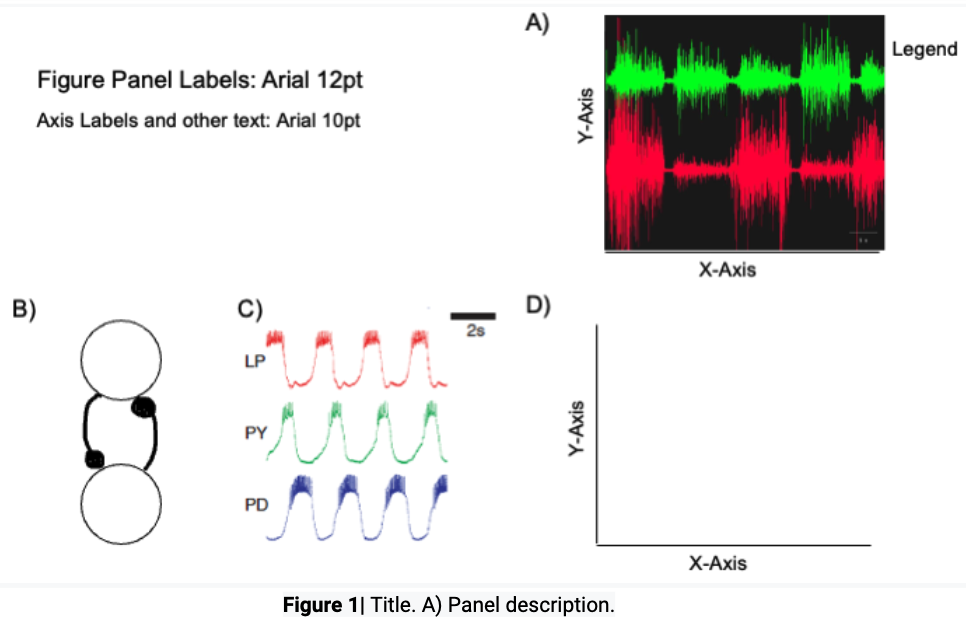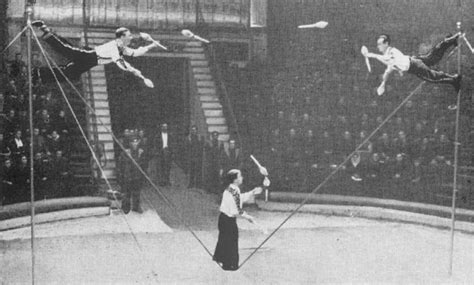Guidelines
Contents
Guidelines¶
Content¶
Summary Statement¶
2-4 sentences. What is the aim, scope, and results of your work?
For example, what motor control problem are you addressing and how would you summarize the solution? How did you aim to explore and share on a particular topic? What major unknowns are there? Or, how are you explaining/viewing a certain phenomena through the lens of the set if focus topics?
Main Content Guidelines¶
What principles of motor control are you addressing with this review? Think about how to diagram a summary of motor control that is comprehensive of your review - this can help you organize your main concepts and content as well as provide a way to communicate your work graphically. Identify jargon. Think about other ways to talk about the fundamental principles and avoid jargon. Define necessary terminology as needed. Do your research. Identify a list of reference papers that make notable advances used to formulate the concepts you are focusing on and the development of your current model of motor control. The papers we discuss and read for class sessions are one good starting place. Google and PubMed searches are another. Make sure to actually read any paper that you reference (avoid the temptation to just use how it was referenced in another paper). Organize the content for your review and group references appropriately. Create a figure for each major concept you highlight. Are there any open questions that you think are important to linking the pieces together? If so, point these out as specific aims and formulate alternate hypotheses along with specific experiments to distinguish these hypotheses. You will not be able to cover everything from class. Your job is to curate an interesting review based on what you were drawn to in class. Section headings are ok.
Formatting Main Text¶
Arial font 11
Single-spaced
White space between paragraphs
Paragraphs do not start with a tab space
In-line references within a sentence are First Author et al (year). In-line references at the end of a sentence are (First Author et al, year; First Author, year; etc). Use the author’s last name followed by first initial.
2-3 pages (This is just a guideline. Less is better than more. Do not try to meet maximum page limits; if anything, try to go below the maximum)
Figures¶
All figures should be created using a graphic editing tool. Powerpoint is great for this and you have free access to this software via Wesleyan. Slides can be made any size that you need to by specifying the dimensions in “Format”. Make it the dimension that you want it to end up as in your document so that font sizes and other formatting will translate across documents appropriately. “Export as” png to create an image to import into a word doc. When you insert into the word document, you may need to specify the dimensions of the image (with aspect ratio unlocked) to match the original. This will prevent the image from being stretched weirdly. “Inkscape” is a free and open source available on all OS platforms for basic graphic editing. Adobe Illustrator is a proprietary version of Inkscape (also provided to you by Wesleyan, with more functionality than PowerPoint, but with a steeper learning curve). The following image shows some of the format guidelines to follow on fonts and alignment.

Figures should enhance your writing and should be able to stand alone. This does not mean that the writing is driven completely by the figures. Practically, figures are usually referenced parenthetically instead of being the main subject of the sentences. There are of course exceptions to this. In general, instead of writing “Figure 1A shows… [some statement you are trying to make]” you would write “[some statement you are making] (Figure 1A).
Each Figure should be conceptually cohesive. Multiple panels can be used to show several aspects of a concept or idea.
Make sure that screenshots or images copied into your figure do not have text smaller than the rest of the text in your figures. If so, cover up the original text and replace with a new text box.
References¶
Please follow the style below in the published edition of Nature in preparing reference lists. (For “inline” references) Authors should be listed surname first, followed by a comma and initials of given names.
Titles of all cited articles are required. Titles of articles cited in reference lists should be in upright, not italic text; the first word of the title is capitalized, the title written exactly as it appears in the work cited, ending with a full stop. Book titles are italic with all main words capitalized. Journal titles are italic and abbreviated according to common usage. Volume numbers are bold. The publisher and city of publication are required for books cited. (Refer to published papers in Nature for details.)
Research datasets may be cited in the reference list if they have been assigned digital object identifiers (DOIs) and include authors, title, publisher (repository name), identifier (DOI expressed as a URL). Example: Hao, Z., AghaKouchak, A., Nakhjiri, N. & Farahmand, A. Global Integrated Drought Monitoring and Prediction System (GIDMaPS) data sets. figshare http://dx.doi.org/10.6084/m9.figshare.853801 (2014).
Recognized preprints may be cited in the reference list. Example: Babichev, S. A., Ries, J. & Lvovsky, A. I. Quantum scissors: teleportation of single-mode optical states by means of a nonlocal single photon. Preprint at http://arXiv.org/quant-ph/0208066 (2002).
References to web-only journals should give authors, article title and journal name as above, followed by URL in full - or DOI if known - and the year of publication in parentheses.
References to websites should give authors if known, title of cited page, URL in full, and year of posting in parentheses.
Grading¶
A-F
“F” work results from minimal effort and attendance. Absence from classroom sessions even if assignments were completed.
“D” work shows insufficient levels of understanding. With no effort to remedy misunderstandings. Writing and presentation of material is disorganized and unclear and/or incomplete.
“C” work shows a basic level of understanding. The bare minimum required has been addressed, but there is minimal effort toward personal exploration of the material. Work generally contains errors and is kind of disorganized, even though correct elements are included.
“B” work shows a very good understanding of the concepts and demonstrates logical thinking. Not much independent synthesis and extension of the material beyond what was directly discussed in class.
“A” work shows excellent grasp of the concepts and the importance of the topic and demonstrates clear logical thinking and reasoning. Writing and presentation of material is clear and concise and grabs the reader’s attention. It stimulates the reader to learn more to enhance their understanding of the subject. Information is used synthetically to make one or more original connections with/among course topics.
